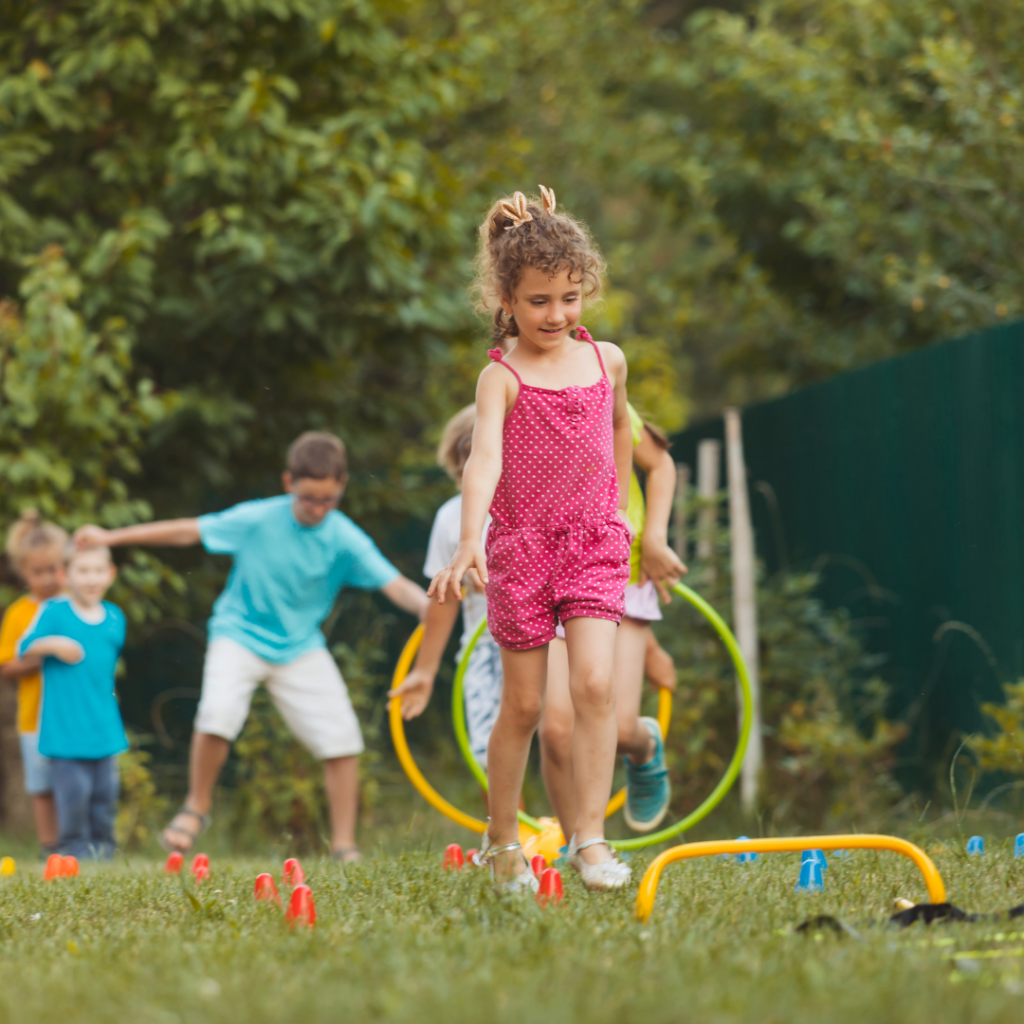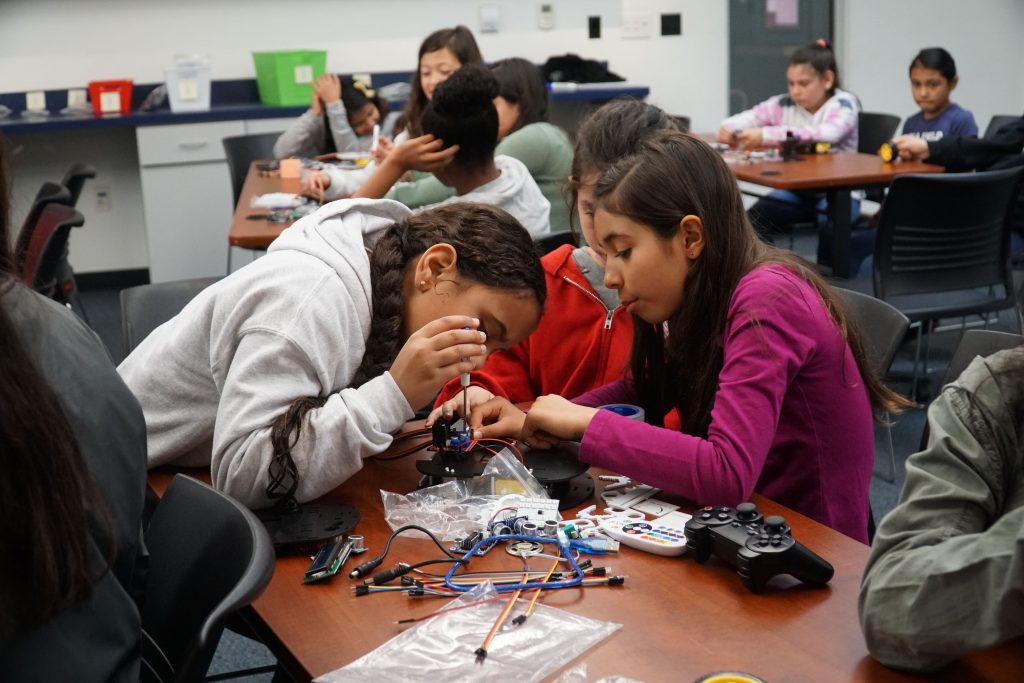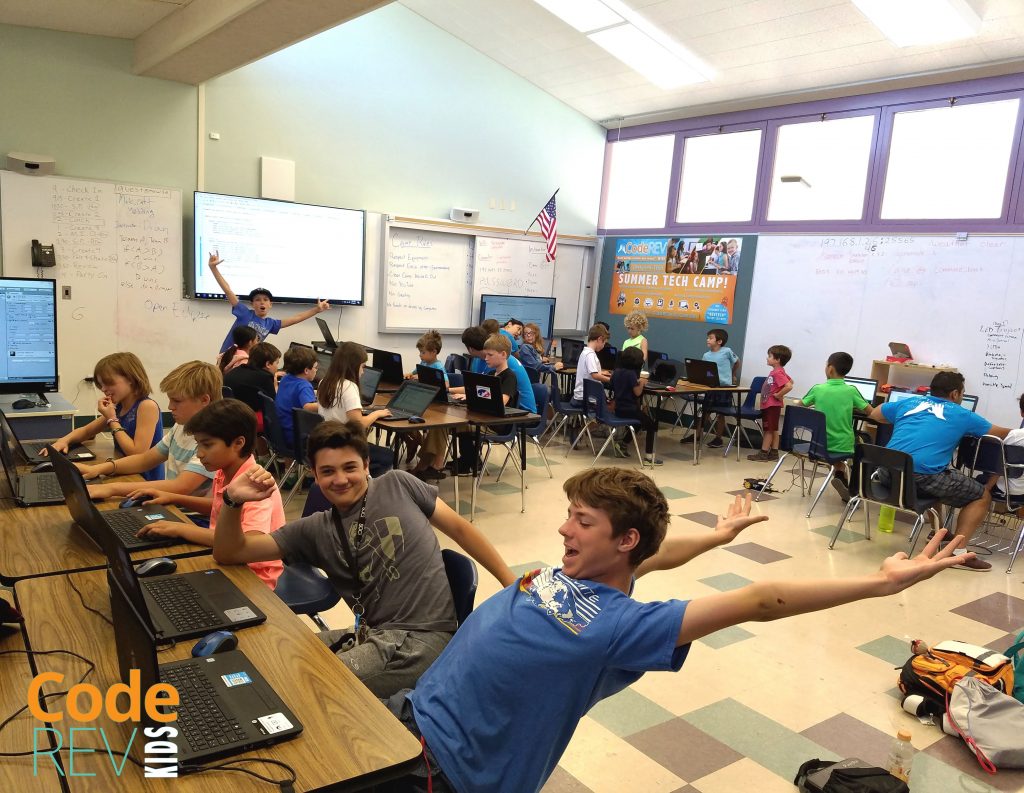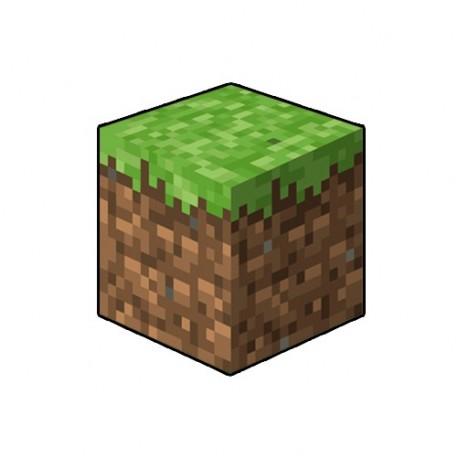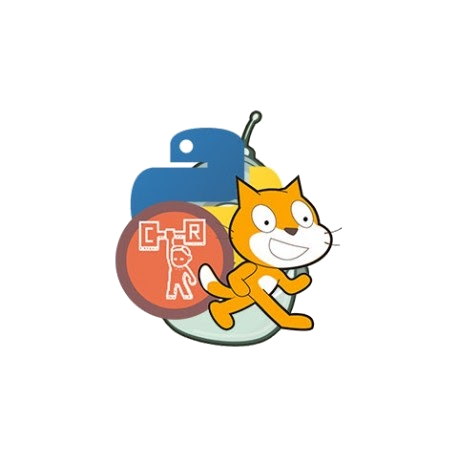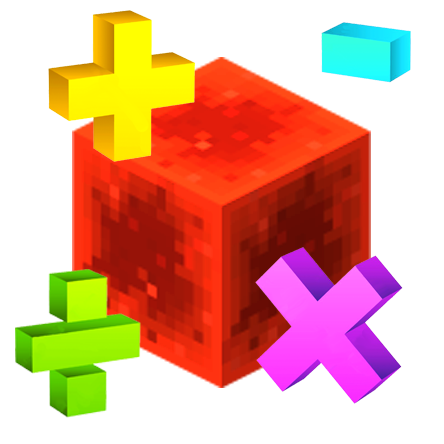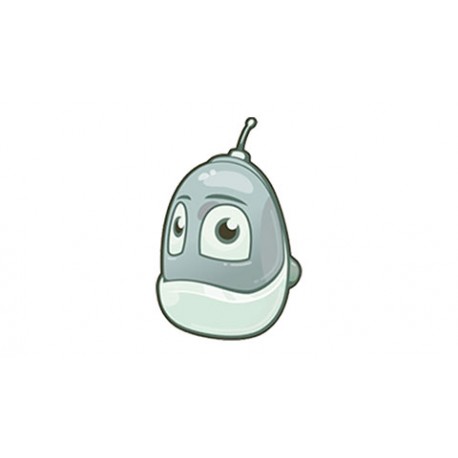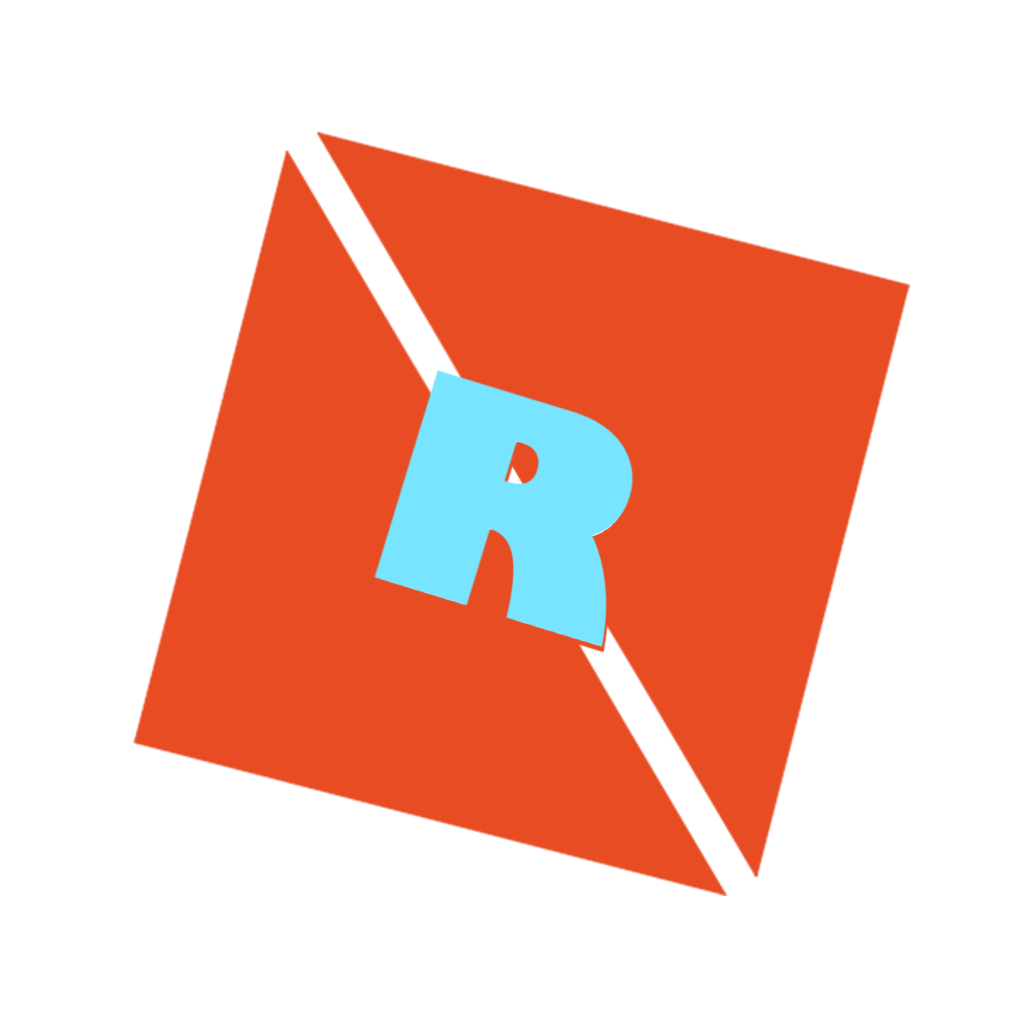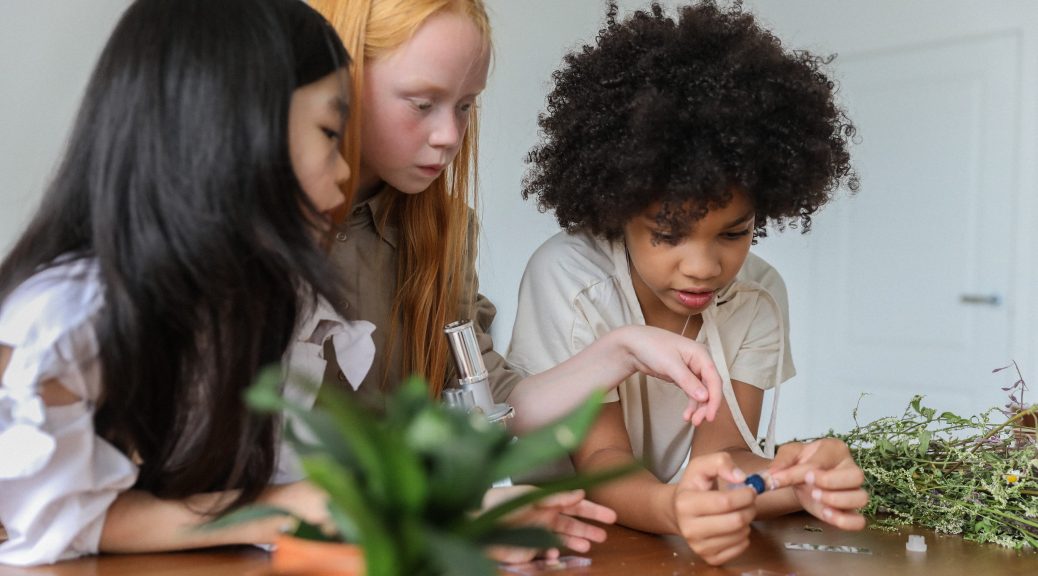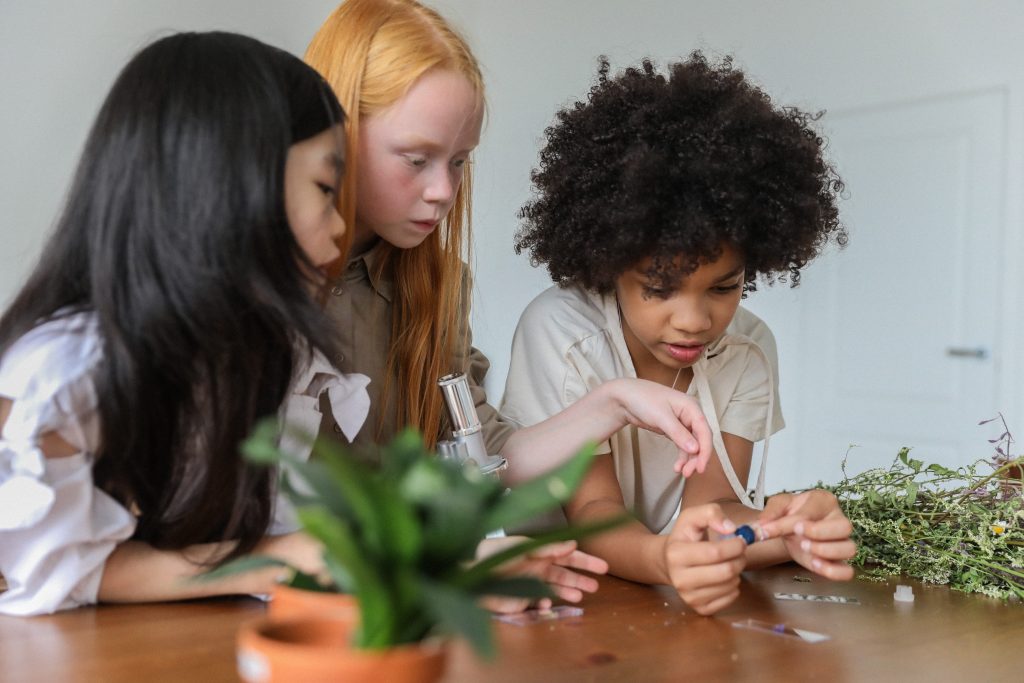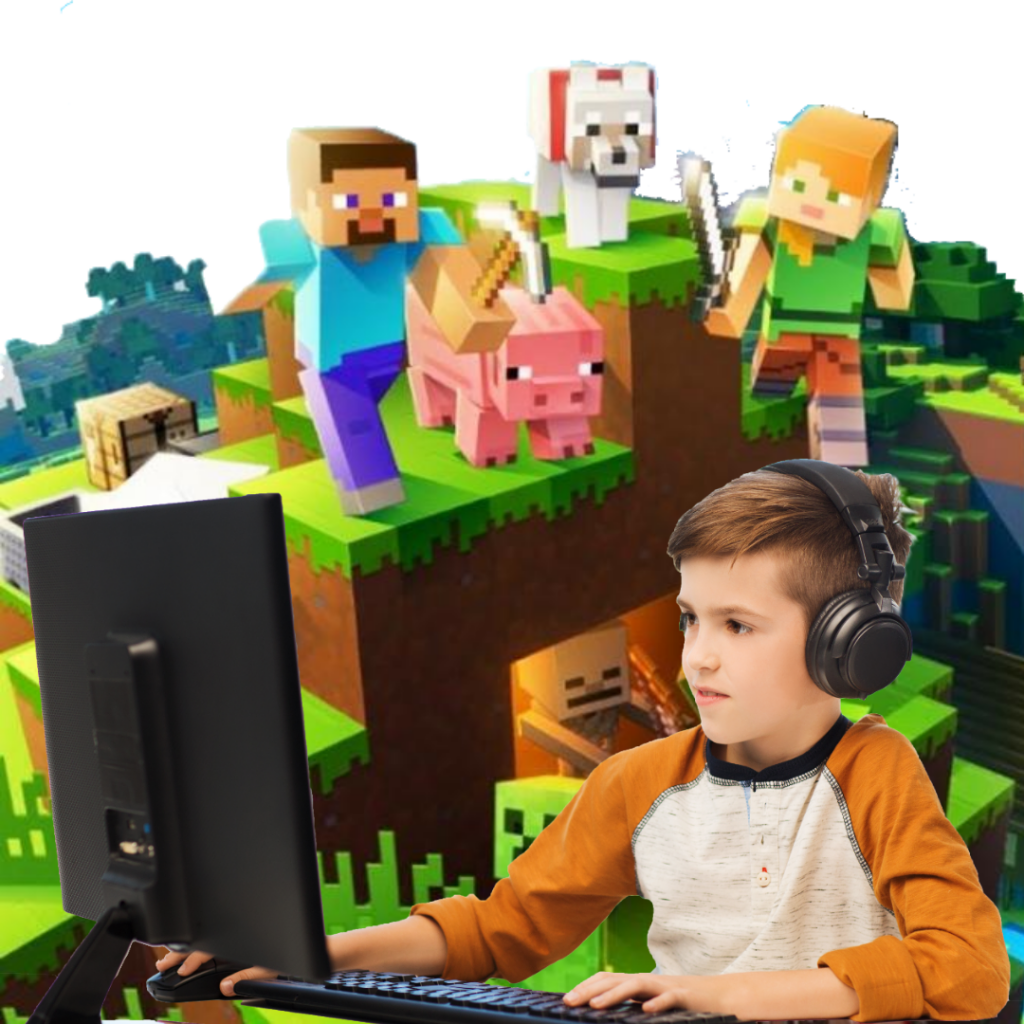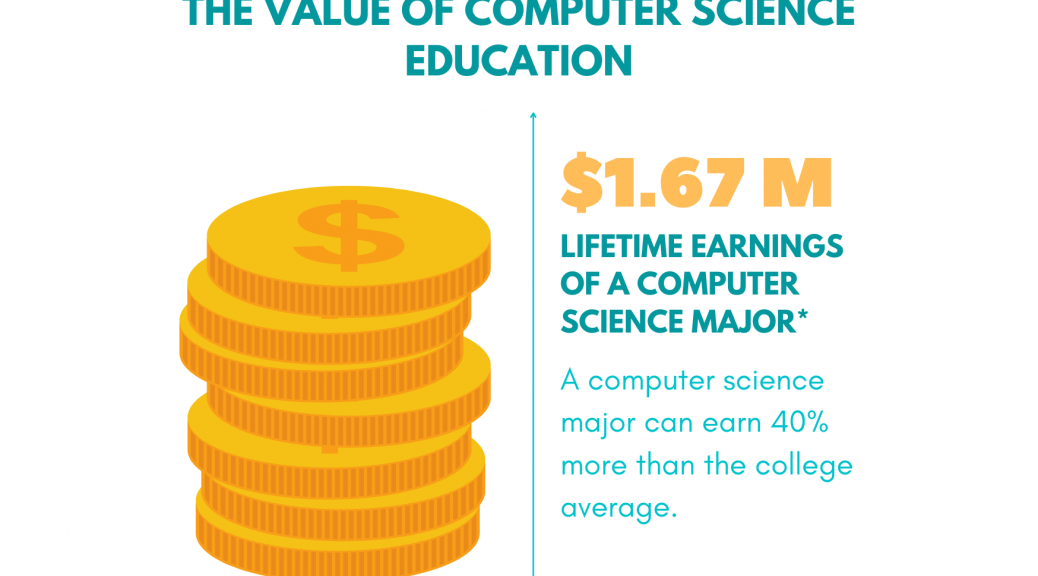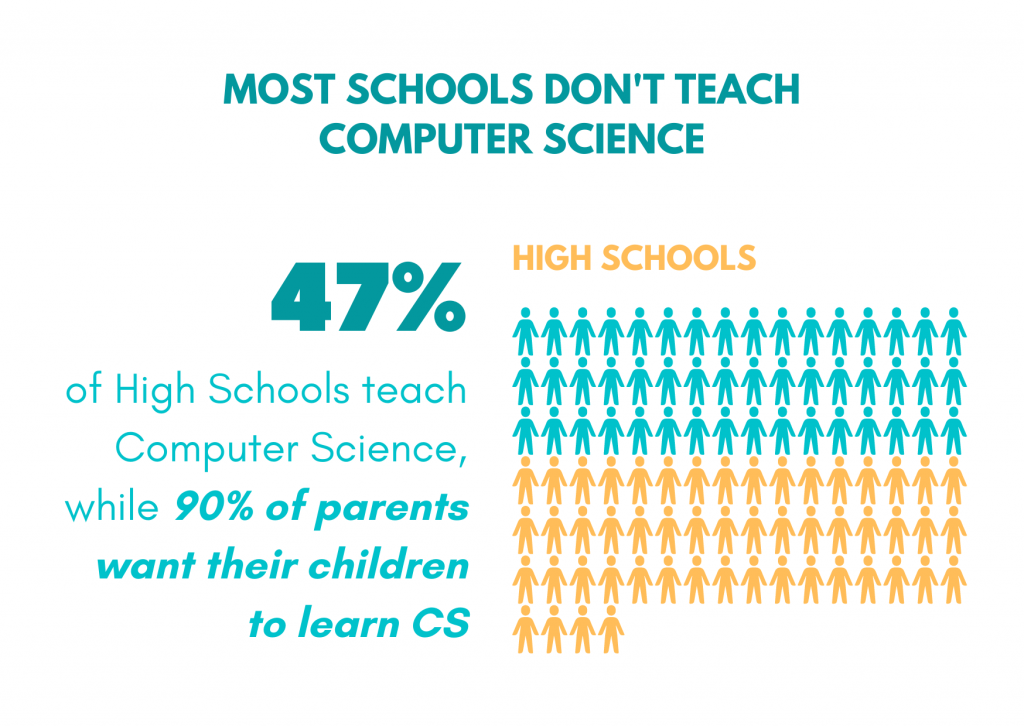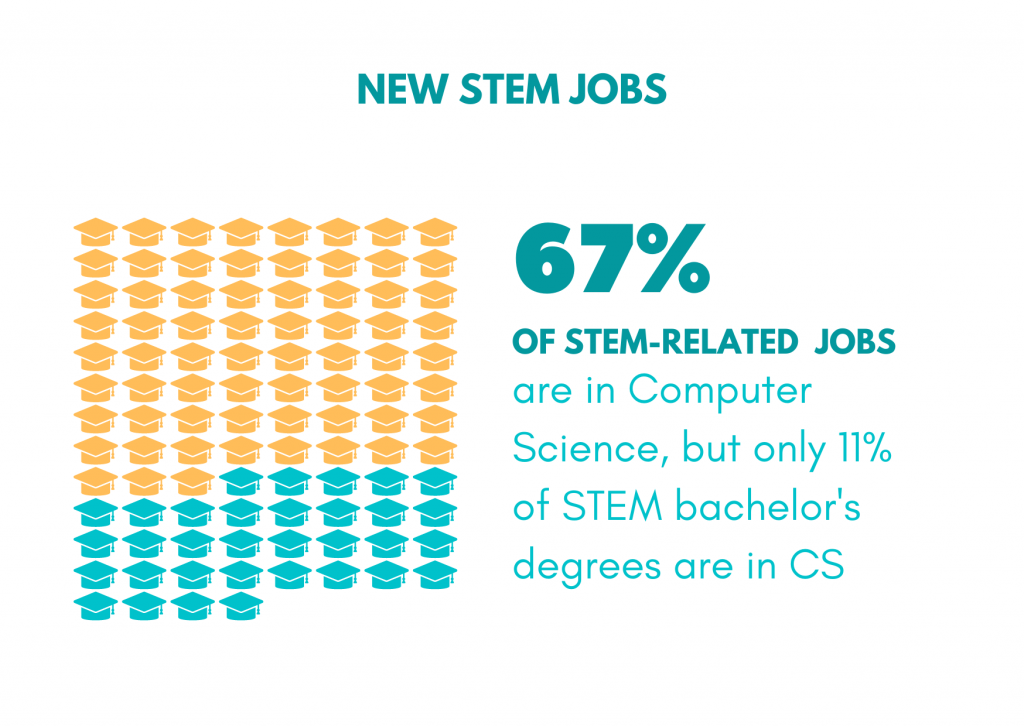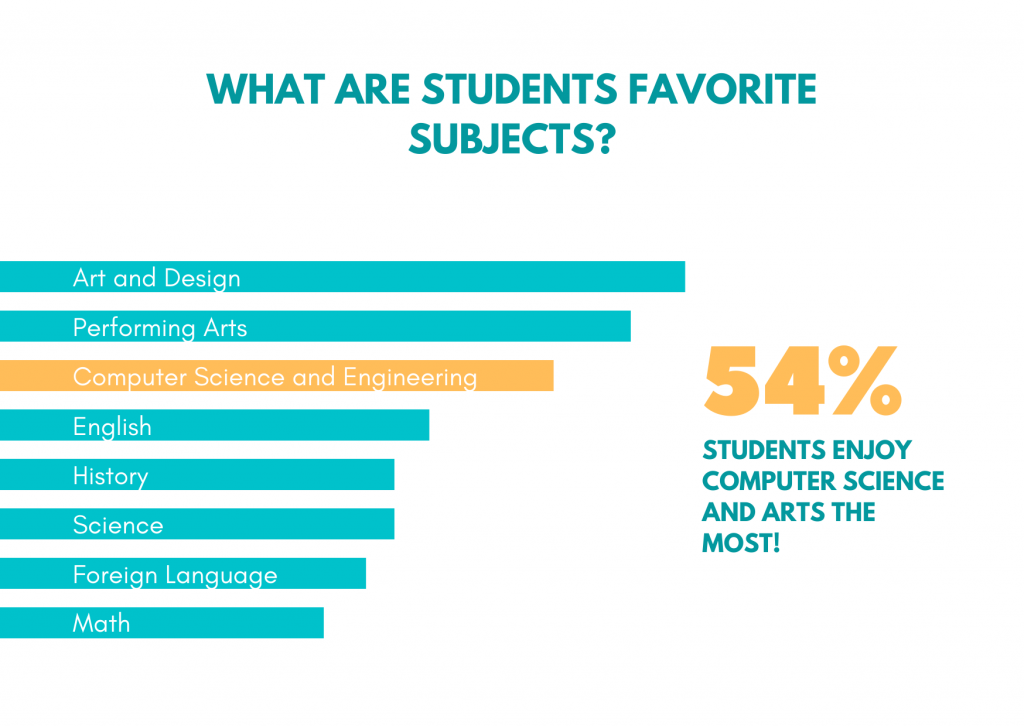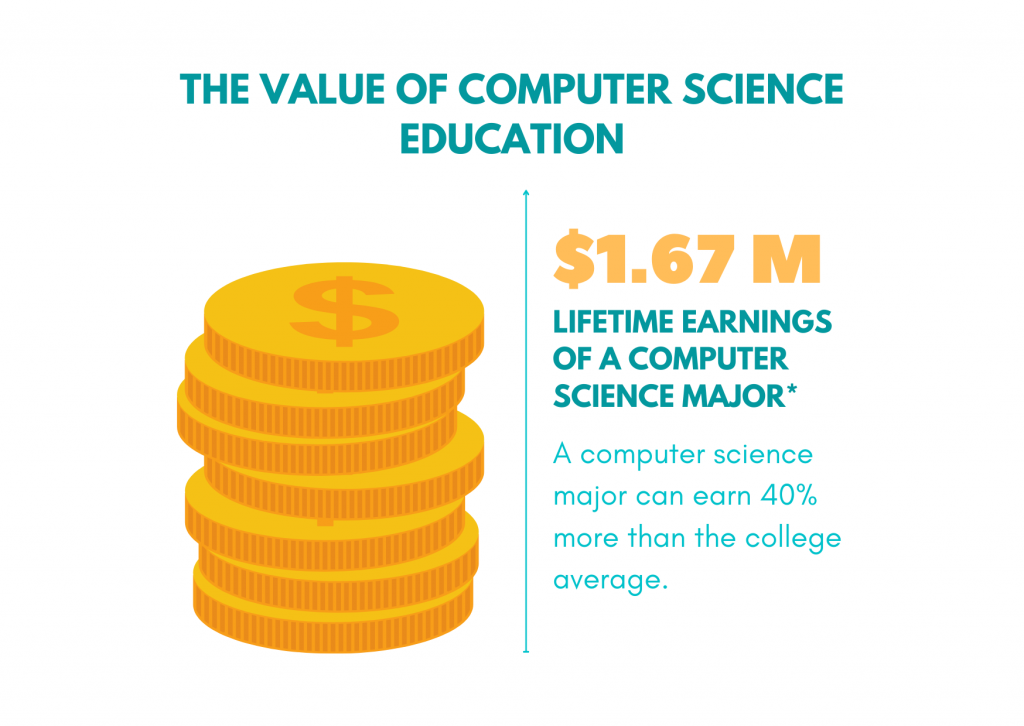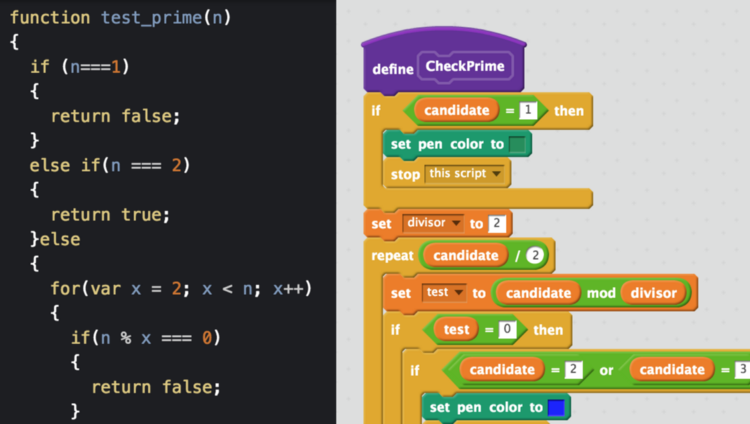When we think of STEM (Science, Technology, Engineering, and Mathematics), we often envision formulas, calculations, and technical concepts. However, there’s a common misconception that STEM is devoid of creativity. In this blog post, we’re here to debunk that myth and explore the rich interplay between STEM and creativity.

1. Creativity within the field:
STEM fields thrive on creativity just as much as they rely on data and equations. From designing innovative solutions to complex problems to imagining the next groundbreaking video game, creativity is the driving force that pushes STEM forward.
2. Solving Real-World Challenges:
Creativity in STEM is about identifying unique approaches to solving real-world challenges. Think of engineers designing sustainable buildings, scientists developing life-saving medical technologies, and programmers crafting a code. Each of these endeavors requires creative thinking to develop efficient and effective solutions.
3. Exploring New Frontiers:
Curiosity and imagination are the cornerstones of scientific discovery. Scientists and researchers often push the boundaries of knowledge by asking daring questions and proposing novel hypotheses. Indeed, this creative process leads to breakthroughs that transform our understanding of the world.
4. Innovation Through Collaboration:
Collaboration between individuals from diverse backgrounds fuels innovation. The exchange of ideas from various perspectives encourages creative problem-solving. STEM projects often involve teamwork, where each member contributes their unique insights to achieve a common goal.
5. Art of Design in Engineering:
Engineering is a prime example of creativity within STEM. For instance, engineers not only solve problems but also design products, systems, and structures that are functional, safe, and aesthetically pleasing. Balancing these factors overall requires a high degree of creativity.
6. Coding as a Creative Language:
Also, coding, often associated with logic, is also a creative process. Writing code involves constructing intricate sequences of commands to bring ideas to life. Like composing music or writing a story, certainly coding is a language of creativity.
7. STEM Education’s Creative Approach:
Finally, educators emphasize creative problem-solving in STEM education. Also, students are encouraged to explore multiple solutions, think critically, and express their ideas through projects and presentations. This approach nurtures not only their analytical skills but also their imaginative capacities.
Conclusion:
In conclusion, STEM and creativity are not mutually exclusive; rather, they are intertwined in a dance of innovation and discovery. The essence of creativity lies in thinking beyond conventional boundaries, and STEM fields offer a canvas for such imaginative thinking. We believe that embracing creativity in STEM education, we foster a generation of individuals who can tackle complex challenges, shape the future, and truly transform the world.
Lastly, we invite you to explore our game design, coding and engineering classes for kids at https://www.coderevkids.com/onlineclasses.php


